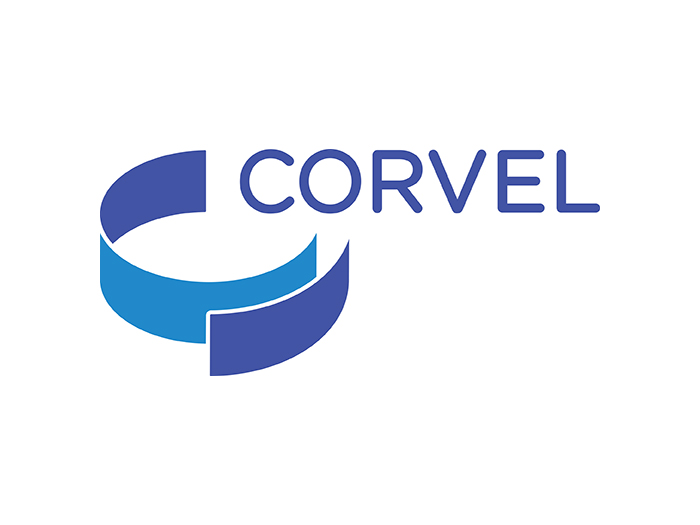Companies Urged to Tighten Vigilance, Controls to Tackle Insider Fraud

Corporate fraud, a significant threat to businesses, is on the rise, with the pandemic and economic downturn providing fertile ground for such activities. The damage caused by such fraud can be substantial, eroding 1.6% of equity value annually and potentially leading to the downfall of global brands, according to a comprehensive report by Arthur J. Gallagher & Co.
The report highlights the complexity of corporate fraud, with perpetrators often going unnoticed for years. A notable example was a financial services company that reached a $3 billion settlement with the U.S. government over a fraud that had been ongoing for 14 years. The company’s insiders had opened millions of fake accounts to meet unrealistic sales targets.
Miranda DesPain, senior vice president at Gallagher, explained that there’s often a lag of two to three years between someone perpetrating a scheme and the loss being discovered. She added that the shift to remote working during the pandemic, coupled with a difficult economic environment, may have led to fewer checks and balances in place, making it easier for fraud to go unnoticed.
The report also delves into the psychology of fraudsters, highlighting that white-collar crime is often seen as a “victimless crime,” making it easier for wrongdoers to justify their actions. Factors driving corporate crime include greed, excessive risk-taking behaviors, pressure from external bad actors, and financial difficulties.
Interestingly, the report reveals that most occupational frauds are committed by employee-level or manager-level personnel. However, frauds by owners or executives are much more harmful.
According to the report:
- Employee fraud accounts for 41% of fraud cases, and has a median loss of $60,000.
- Manager fraud is 35% of cases and has a median loss of $150,000.
- Owner/executive fraud is 20% of cases and has a median loss of $600,000.
The driving factors behind a fraudulent act are often encapsulated in the fraud triangle: motivation, opportunity, and rationalization. The report explained these factors as:
- Motivation: To identify motivations, anti-fraud professionals often look for financial incentives.
- Opportunity: Weak internal controls, lack of oversight or holding a position of trust within an organization can make it easier to cheat.
- Rationalization: Fraudsters often convince themselves that they dishonest acts are necessary and justifiable.
Despite the rise in corporate fraud cases, the percentage of those reported has declined in recent years. The report predicts an increase in AI-leveraged social engineering attacks and supply chain and ESG-related fraud in 2024. It also warns of growing regulatory pressures, with supervisors introducing new rules and expecting companies to take concrete steps to improve and uphold internal controls.
The report concludes by emphasizing the importance of fraud prevention and the role of technology in detecting and mitigating suspicious activities. It also underscores the need for companies to build a culture of integrity and train staff on whistleblowing procedures.
For more information, download the report on Gallagher’s website. &










